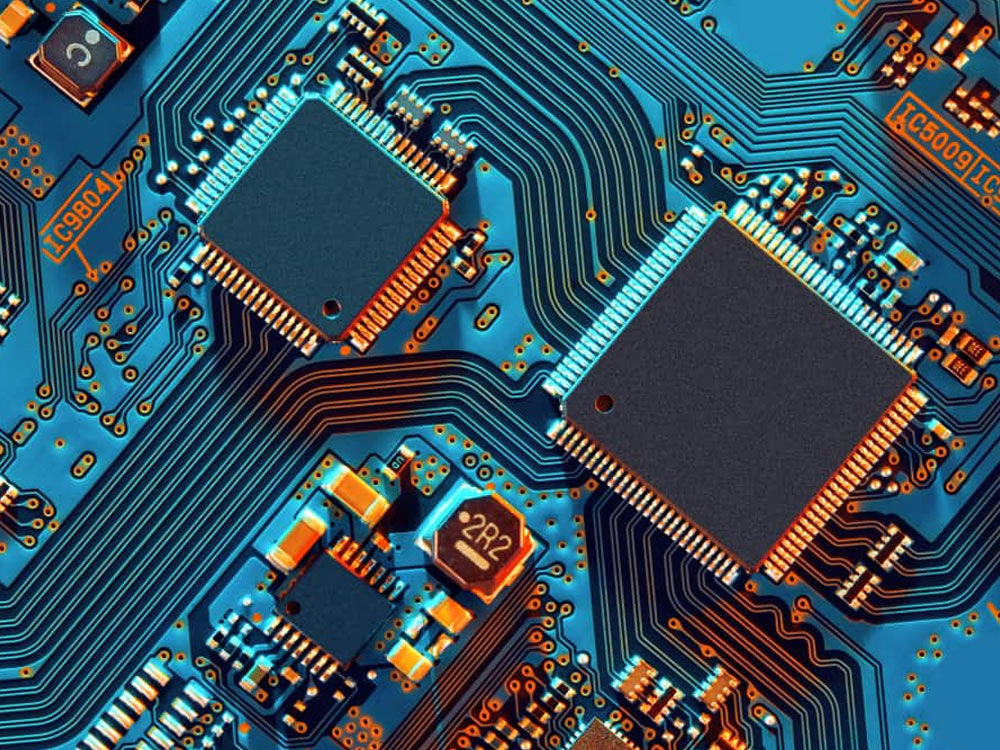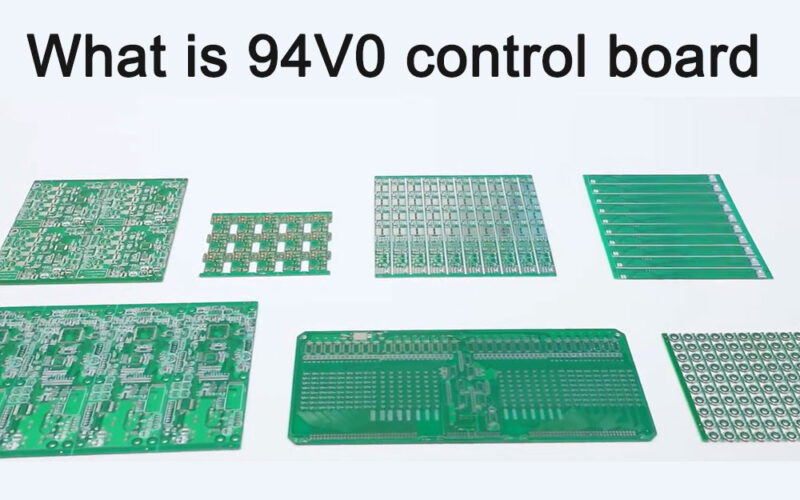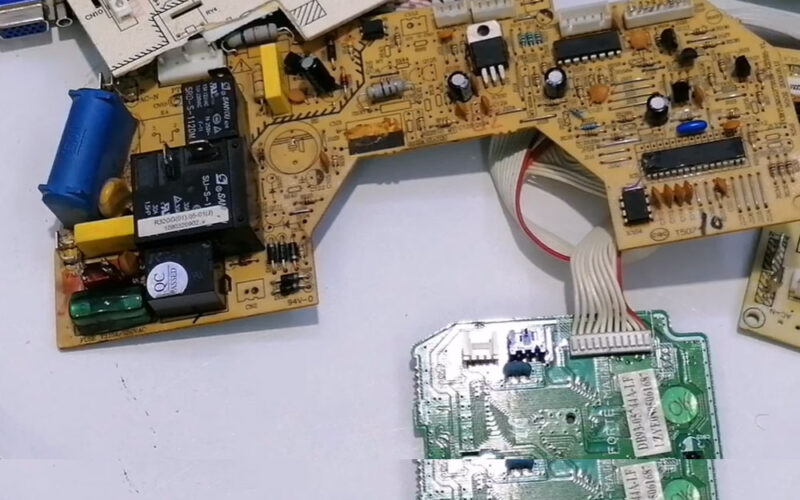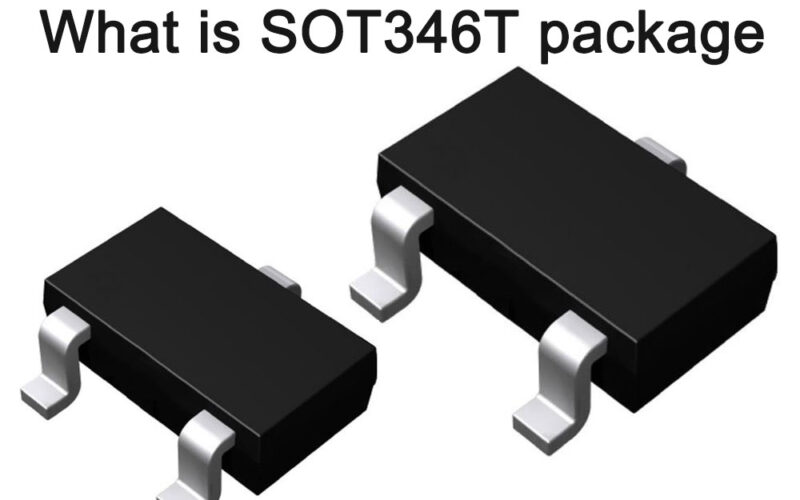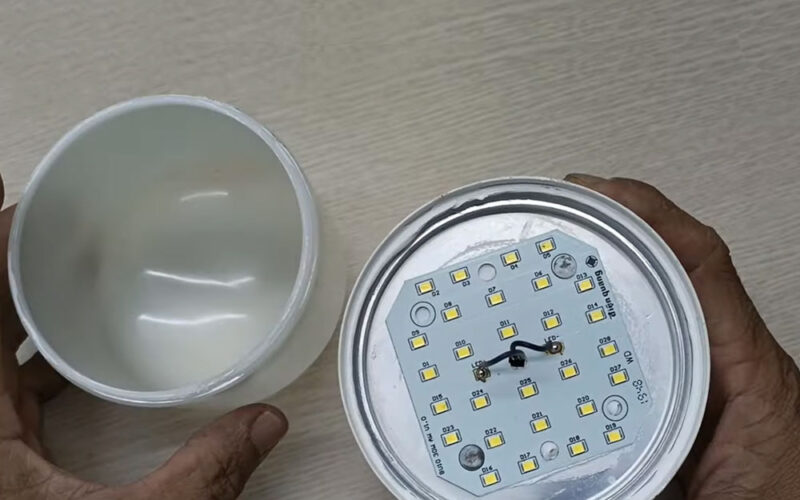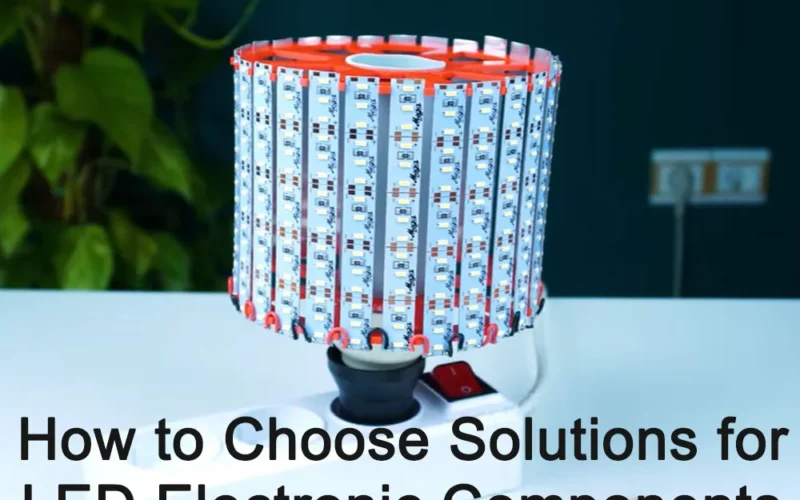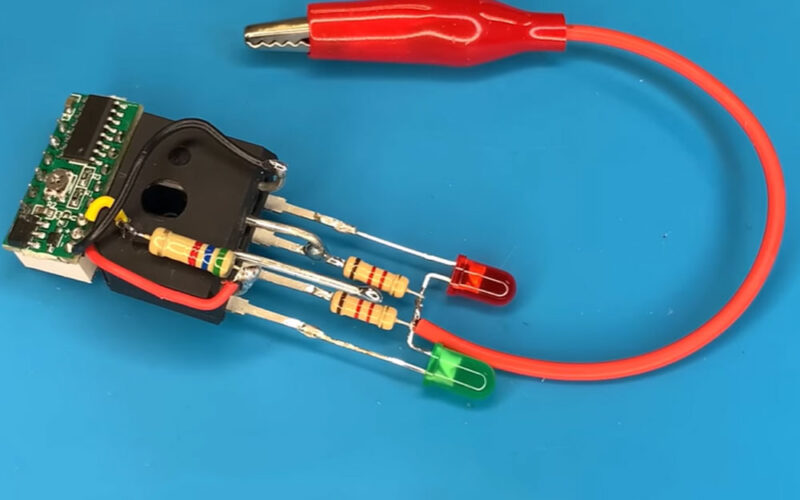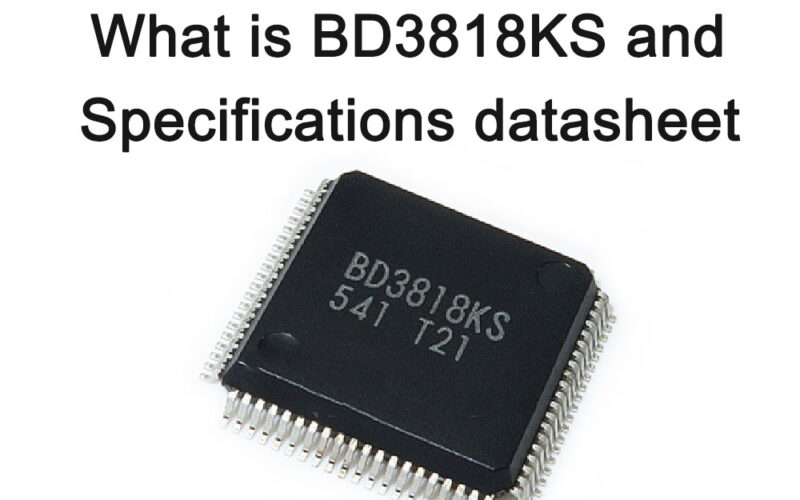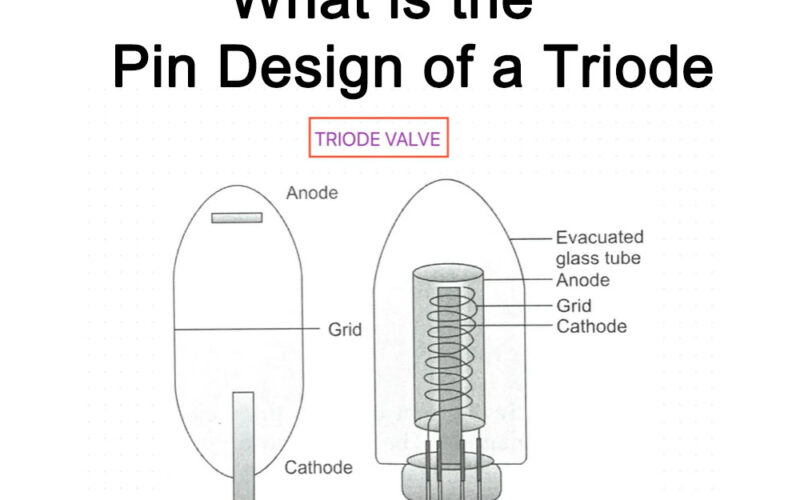
How to improve the working efficiency of electronic components?
Improving the efficiency of electronic components is a complex problem involving many aspects. The efficiency of electronic components is mainly affected by factors such as design, manufacturing process, working environment and usage methods.
Strategies and methods to improve the working efficiency of electronic components
Here are some key strategies and methods that may help improve the efficiency of your electronic components:
Optimized design
- Reduced Resistance: Reduce the resistance at the connection by improving the shape and material of the wire. For example, use thicker wires, adopt multi-layer circuit boards, implement surface mount technology, etc.
- Increase integration: Improve the processing capabilities of electronic components by reducing feature size and increasing the number of transistors on the chip. This often relies on the development of Moore’s Law.
- Thermal Design: Optimize the heat dissipation performance of components to prevent performance degradation caused by overheating. For example, you can add heat sinks, optimize heat dissipation channels, etc.
Improving New Manufacturing Technologies for Electronic Components

- Nano manufacturing: Use nano-level manufacturing technology to reduce the size of components and improve their density and performance. For example, nanowires, nanofilms, etc.
- New materials: Use new materials with higher conductivity, heat resistance or other superior properties, such as graphene, gallium nitride, etc.
Working environment optimization
- Temperature Management: Ensure that electronic components do not overheat when working. This can be achieved through heat dissipation equipment, controlling the operating temperature range, etc.
- Power Management: Optimize power supply, ensure stable voltage and current supply, and prevent efficiency decline caused by excessive or small voltage or current.
- Environment Control: Control the humidity, air pressure, dust, etc. of the working environment to reduce the impact of the external environment on component performance.
Programming and Algorithm Optimization
- Algorithm Improvement: Use more efficient algorithms and data processing technology to reduce computing time and resource consumption.
- Parallel processing: Utilize multi-core processors or other parallel processing architectures to speed up data processing.
- Code Optimization: Improve code execution efficiency by reducing redundant calculations and using appropriate data structures and algorithms.

Maintenance and Updates
- Regular Maintenance: Check and clean electronic components regularly to ensure they are working properly.
- Firmware/Software Updates: Timely update the firmware or software of electronic components to improve their performance and fix possible efficiency issues.
Reliability Design
- Redundant Design: Improve the reliability of components by adding backup systems or components and reduce the overall efficiency decline caused by the failure of a single component.
- Durability Test: Durability and reliability testing is performed during the production stage to ensure that components maintain high efficiency during the expected working life.
Energy Management
- Sleep mode and wake-up mechanism: When electronic components are not working, put them in sleep mode to save energy and wake up quickly through appropriate mechanisms.
- Energy-saving technology: Use energy-saving technologies such as switching power supplies to reduce energy consumption.
System integration and optimization
- Integrate and optimize the work of multiple components at the system level to avoid wasting resources or reducing unnecessary energy consumption.
Other Strategies
- Innovative Design: Encourage design innovation and explore new working principles and methods to improve the working efficiency of electronic components.
- Personnel training: Provide training to personnel who operate and maintain electronic components to ensure that they understand how to optimize the working efficiency of components.

Continuous Research and Development
Continuously track and study new technological trends and developments in order to promptly adopt new methods and technologies that can improve the working efficiency of electronic components.
In short, improving the working efficiency of electronic components requires comprehensive consideration from many aspects, including design, manufacturing, working environment, usage methods, etc.
This is a multidisciplinary field that requires engineers to continuously explore and innovate in theory and practice.
With the continuous development of new technologies, more new methods to improve the working efficiency of electronic components are expected to emerge in the future.
